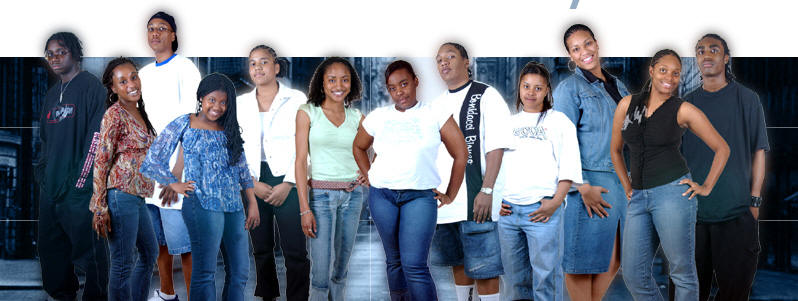 Riley
Croghan Riley
CroghanCORE 116 Spring 2007 |
The AIDS Epidemic in Washington, DC Paper Three: Moving Forward |
MOVING FORWARD
MSM Population

http://www.affirmation.org/images/conference/1988/aids_quilt.jpg
The Risk
Despite the hauntingly rapid increase in national IDU AIDS cases over the past few years, MSM continue to represent the largest amount of people diagnosed with AIDS each year; in DC this is no different. One of the most damning issues of the risk to this group is that drugs are popular in the DC MSM population, so there is a small but significant crossover of MSM/IDU infected populations, a group which increases their potential to spread HIV. The biggest risk to this group arises from unprotected anal sex, a behavior which unfortunately has managed to increase with the advent of internet dating or special interest groups (e.g. people who meet specifically to exchange drugs/participate in “barebacking”) (8).
Nationally, MSM contact contributes to an estimated 76% of the white male infected population, and only 47% of the black male population (5). The percentages are similar in DC; however, the large black population means that black MSM outnumber white MSM cases by almost 2,000 (8). One of the barriers to reaching this large infected black population is a desire not to be labeled as gay, which can result in less frequent condom use and much riskier heterosexual sex. Among this population, the use of condoms with a primary partner (often a female) equates to admission of infidelity, so some men will knowingly put their partners at risk (5).
The down-low problem cannot be properly addressed without addressing homophobia within the black community. A case study of men on the “DL” revealed that men who reveal their bisexual actions (if not “desires”) to their female primary partner, they are significantly more likely to use a condom with their female partners (3).
Furthermore, one barrier to prevention involves not this at-risk group, but the people who care for them; there exists acertain stigma around HIV infection, and many of the black MSM population feel threatened by institutional care (5).

http://www.whatsthedealyo.com/images/nav_wtdy_people.jpg
What Is Currently Being Done
One private program in DC that aims to make the topic of HIV acceptable conversation among young black DC residents is a radio program called “Whats The Deal, Yo?” (10). It aims to educate youth on several HIV-related topics, both to inform and make the topic more socially acceptable. Interestingly, DC is spending less on youth programs in 2006 than in 2005, and reaching significantly fewer of the at-risk group. While this does not directly reach the MSM population, I feel that educating black residents about AIDS (and starting early) is a vital step in addressing the DL problem.
The AHPP (Administration for HIV Policy and Programs) sponsored three prevention programs targeted to the MSM population in 2006, allocating almost one million dollars in funds. One of these programs, “Many Men, Many Voices” caters specifically to black MSM groups, and has as its primary mission to:
What I Reccomend
I feel that the current programs, especially “Many Men, Many Voices” have exactly the right goals to reach out to the black MSM population. Like we discussed with IDU women, a focus on issues other than HIV, and especially concerning domestic arrangements, will be beneficial to the community.
I feel we are lacking most in reaching out to black youth. If cultural change is going to be key in easing the “DL” issue, then education at an early age is vital. Furthermore, programs that reach out to not-at-risk youth are equally vital. Here I speak from experience. There are currently no programs/advertisements targeting teens in DC, and I can tell you that it is possible to be oblivious to the problem—not just from avoiding the subject, but from a failure to actively pursue it. Programs that raised HIV/AIDS awareness in the DC private schools would also help to erase stigma from the topic of AIDS, which will reduce fear of institutional care in down-low patients (5).